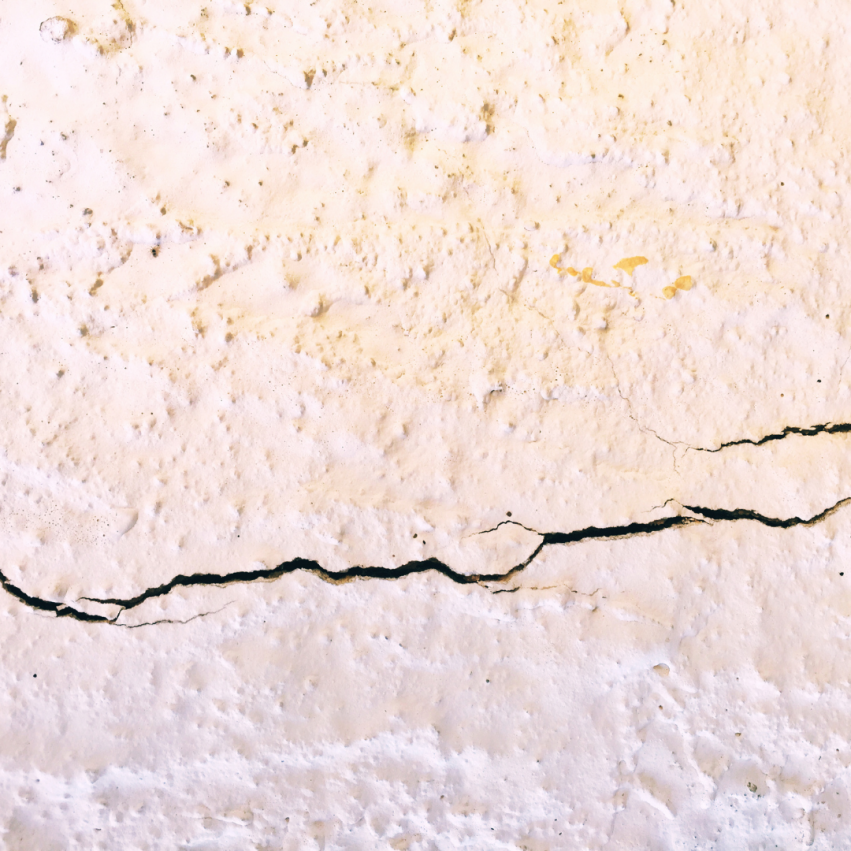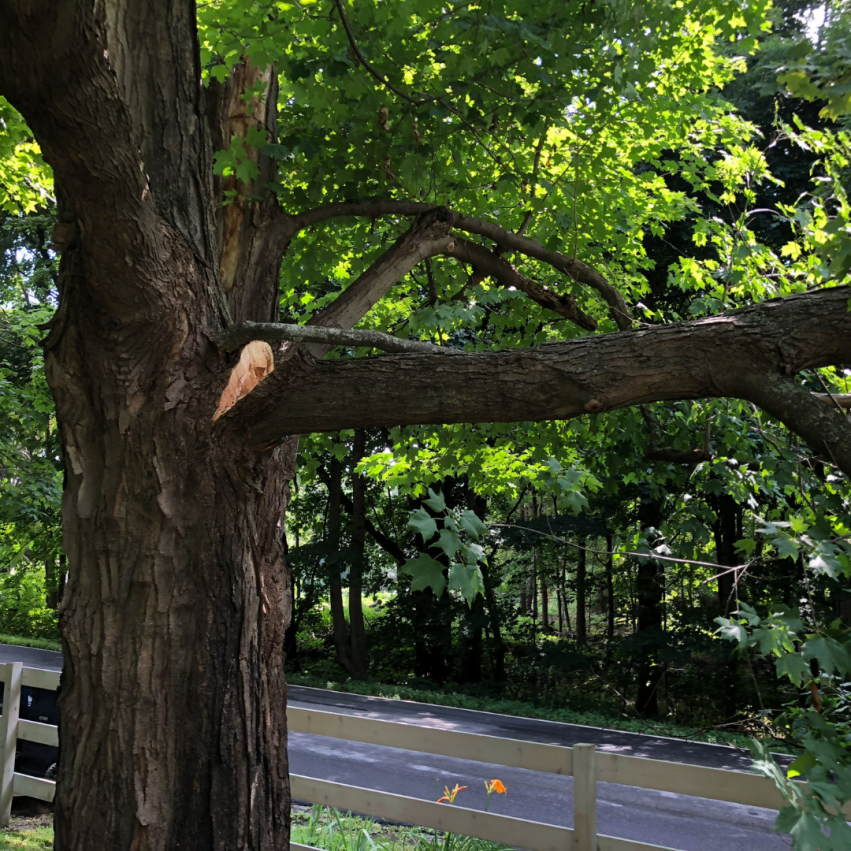9 Things to Look For During Home Tours
Are you scheduled for a first walkthrough of the house you’ve been eyeing this month? Home tours are when potential owners get a gut feeling and a chance to compare a home to their wishlists. And while you’ll know if a potential house meets your basic requirements, like your preferred number of rooms available outdoor space, and whatnot, you won’t find out about every detail of a home until you see it in person.
So what should you watch out for when seeing a house for the first time? Say no more– we’ve got it all sorted out for you! Use these guidelines to help you make an informed and informed assessment of a home’s condition, and save yourself from making a wrong choice in picking out a forever home for your family!
The Floors
Do you want to know a quick trick on how you can tell if a home’s plumbing might not be up to par? Check the floors for unusual sagging or dipping near the bathroom! These are signs that plumbers may have done some interesting plumbing underneath. Also, sagging floors in other portions of the home may ultimately mean that the whole structure of the house needs some work done.

Cracks in the Walls
It doesn’t come off as a surprise that spotting a crack (or cracks!) in the wall is NOT a good thing. Finding a crack in a brick wall means there’s movement, and it’s also a sign of serious structural problems. While small drywall cracks are probably nothing to worry about, larger cracks or ones with discoloration may indicate structural issues or leaks.

Watch Out for Fresh Paint
In reality, a bad paint job or layers of paint is not a cause of concern. BUT, if the home hasn’t been renovated in a while and you spot FRESH paint or sheetrock in the cellar or basement ceiling, it may MOST LIKELY mean that they fixed something before putting the house on the market OR they’re covering something up. If you notice any unusual cover-ups, ask why the work was done.

Water in the Basement
Does your prospect have a basement? If it does, keep an eye out for water in that area. If it’s recently been rainy, and the basement looks dry, it’s good news. However, if it’s been dry and the basement appears damp, you should look for a deeper issue and figure out where the water is coming from.

The Windows
Before you head over to the major parts of the house, take the time to open and close those windows! Do they lock properly? Take into account that people usually replace windows with cheaper, lower-quality windows. It shouldn’t become a huge deal breaker or a headache during home improvement, but it can still add to the cost if you need to replace them down the line. Cheap or faulty windows are also likely to drive up heating costs if they’re not replaced.

The Roof
Does the roof still have a warranty? Older homes may have several layers of roofing, some of which could have asbestos, and at some point, you’ll have to ask someone to remove all those roof layers. Let me tell you, the possibility of them finding something they have to repair will be high. While it may be hard for a non-expert to know everything about the roof just by looking at it, don’t be afraid to ask questions or follow up with an expert.

Don’t Forget the Trees Outside
Did you know that trees within a house property are OFTEN overlooked by buyers and home inspectors? Nevertheless, trees near a home pose all sorts of risks, like trees catching fire or falling during a storm, and less-threatening risks include the gutter filling with leaves, roots getting into the basement, or an infestation of bugs. Removing large trees down the road can be costly, especially in dense, urban settings.

Electrical and Plumbing
We all know that electrical and plumbing issues will be hard to decipher with the naked eye, but checking how the electrical boxes are sorted shouldn’t be too hard, even for a non-expert. Is there a lot of exposed wiring? Does it look properly installed? Take a look at the electrical panel and ask if the homeowner experiences regular electricity shorts. Be very wary if the system hasn’t been replaced in a few decades.

The Home History
Ask the selling agent how long the home was under its prior ownership, as quickly flipped homes have a higher potential for oversights. If the owner is present during the house tour, you may also want to ask all the questions you’ve got leering in your head. Ask them about the history of repairs, who did the repairs, and any warranties. Plus, be sure any warranties extend with the house, not just the homeowner.





